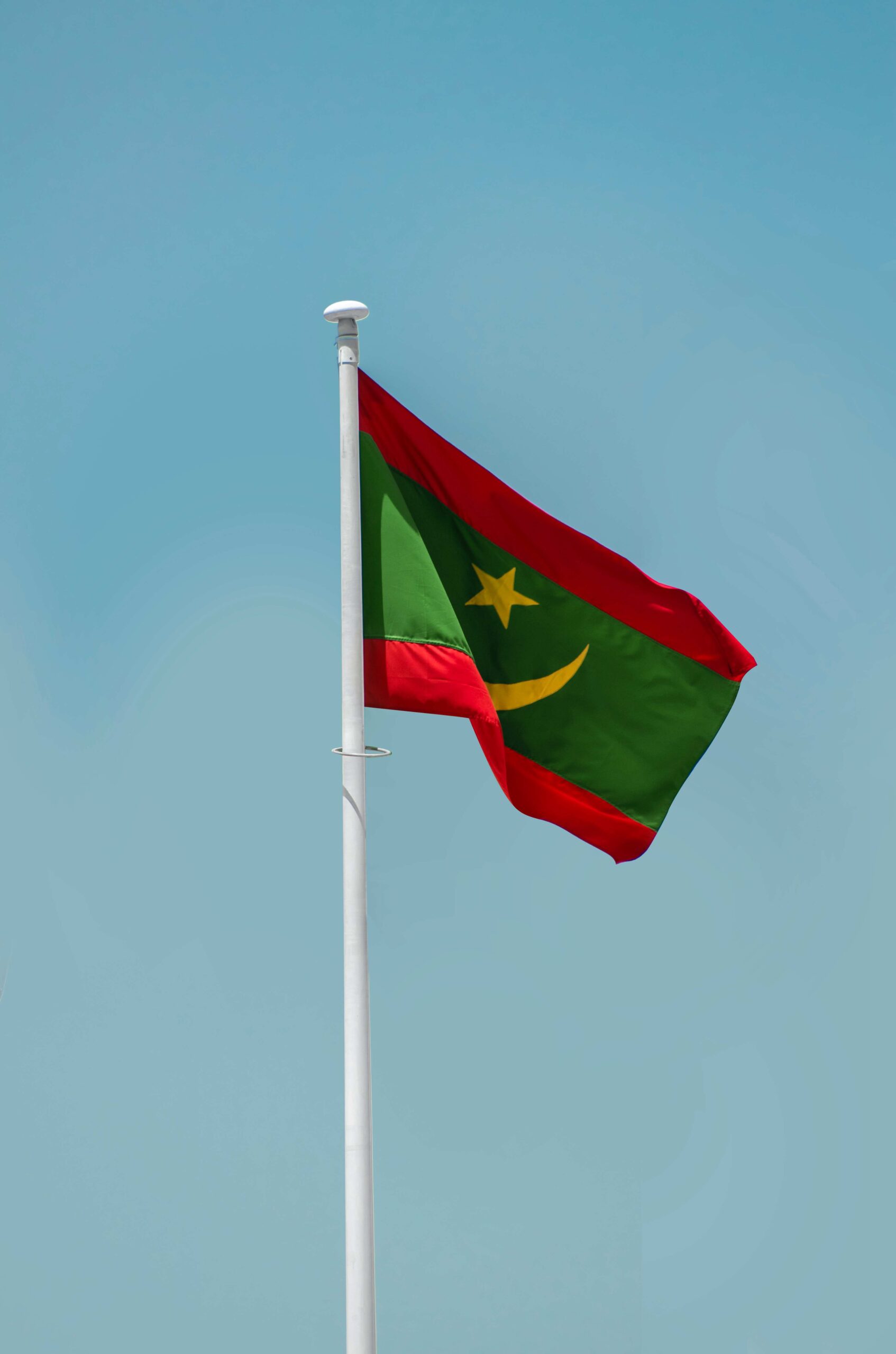The African Milk Tree, scientifically known as Euphorbia trigona, is an exquisite succulent native to the arid regions of Africa.
Maintenance Tips for African Milk Tree
To ensure the healthy growth and longevity of your African Milk Tree, consider the following maintenance guidelines:
Lighting Requirements: Place your African Milk Tree in a location that receives bright, indirect sunlight. This succulent thrives in well-lit areas, but direct sunlight exposure for extended periods may lead to sunburn.
Watering: Adopt a careful watering routine, allowing the soil to dry out completely between waterings. Overwatering can cause root rot, while underwatering may result in wilting. Strike a balance by providing moderate moisture levels.
Soil and Fertilization: Use well-draining soil specifically formulated for succulent plants. Incorporate a balanced, slow-release fertilizer during the growing season to provide essential nutrients.
Pruning: Trim any dead or damaged branches to maintain the plant’s aesthetic appeal. Take care when pruning, as the African Milk Tree’s milky sap may cause skin irritation.
Climate Suitability for African Milk Tree
Understanding the ideal climate for your African Milk Tree is crucial for its thriving growth. Consider the following climate factors:
Temperature: The African Milk Tree thrives in warm to hot climates, with temperatures ranging between 60°F and 85°F (15°C to 29°C). Protect it from frost and extreme temperature fluctuations.
Humidity: This succulent prefers low to moderate humidity levels. Avoid excessively humid environments, as they can lead to fungal issues.
Indoor vs. Outdoor: The African Milk Tree can be grown both indoors and outdoors. Indoors, it appreciates bright, indirect sunlight near windows, while outdoors, it thrives in partially shaded areas.
Historical Significance of the African Milk Tree
The African Milk Tree holds cultural and historical significance throughout its native regions. Here are some intriguing facts:
Traditional Beliefs: In African folklore, the African Milk Tree is often associated with mystical powers and protective qualities. It symbolizes strength, resilience, and the ability to withstand harsh environments.
Medicinal Uses: Indigenous communities have utilized various parts of the African Milk Tree for medicinal purposes. Its sap has been used to treat skin conditions, wounds, and even as a traditional contraceptive.
Cultural Icon: The African Milk Tree’s distinctive silhouette and resilience have made it an emblem of African flora, representing the diverse and remarkable botanical heritage of the continent.
Image Credit: David Ballew on Unsplash





